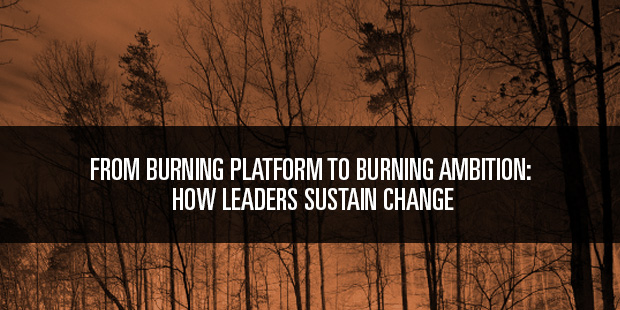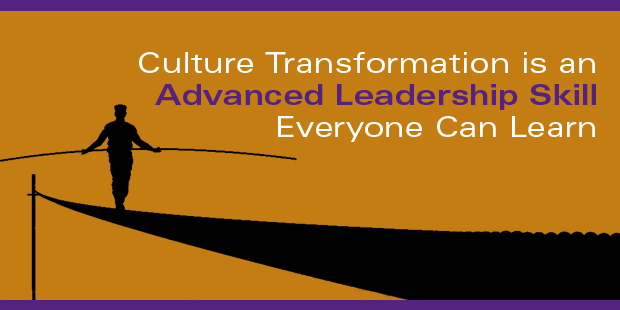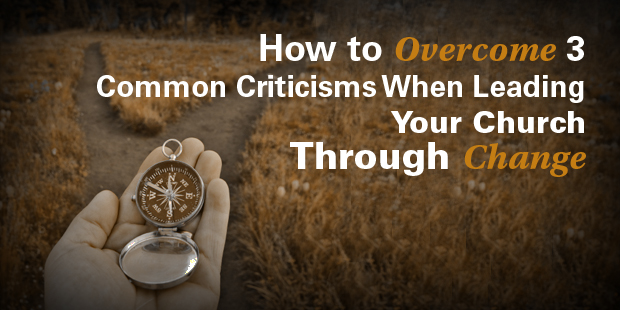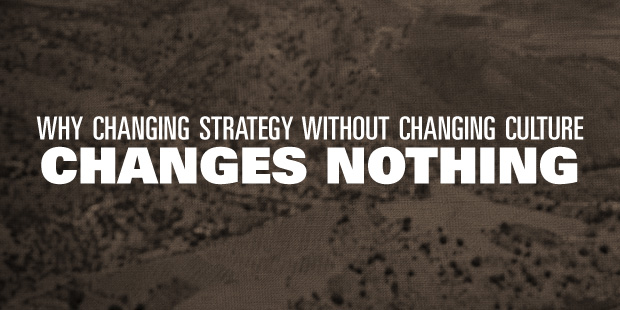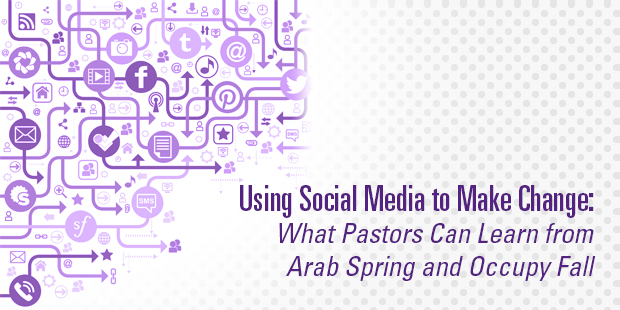You’re probably trying to change something right now.
And — if you’re honest — you’ve already thought about backing off.
Change seems too difficult.
You’ve watched friends get hurt trying to lead similar change.
You’ve heard the voices of opposition get a little louder.
You really don’t want to be afraid to open your inbox every morning.
But what if this is true?
Change is harder than it needs to be because it’s more mysterious than it needs to be.
And it doesn’t need to be quite that mysterious.
Here’s what I believe about change.
Change has dynamics; and the dynamics can be learned.
A couple years ago, I wrote a book about leading change while facing opposition. I’m passionate about change because I’ve lived through it and can vouch for the fact that change is more than possible.
I’m also passionate because if the church (and other organizations) are going to reach their potential, change isn’t optional, it’s inevitable.
So, if you’re navigating change, here’s a short cheat sheet of 13 key principles that I hope will help you maintain clear thinking amidst the sea of emotions that leading change brings:
1. People aren’t opposed to change nearly as much as they are opposed to change they didn’t think of.
Everybody’s in favour of their ideas, but most organizational change is driven by leadership.
All real change is.
So you just need to realize that most people will come on board.
You just need to give them time until a leader’s idea spreads widely enough to be owned. And by the way, great ideas eventually resonate.
2. Change is hard because people crave what they already like.
You have never craved a food you hadn’t tried, and change operates on a similar dynamic.
Your people want what they’ve seen because people never crave what they haven’t seen.
That’s why vision is so key – you need to paint a clear enough picture that people begin to crave a future they haven’t lived.
3. Leaders crave change more than most people do because they’re, well, leaders.
Your passion level is always going to be naturally and appropriately higher than most people’s when it comes to change.
Just know that’s how you’re wired and don’t get discouraged too quickly if your passion for change is higher than others. You’re the leader.
4. Most of the disagreement around change happens at the strategy level.
Most leaders stop at aligning people around a common mission and vision, but you also need to work hard at aligning people around a common strategy.
It’s one thing to agree that you passionately love God, it’s another to create a cutting edge church that unchurched people flock to.
One depends on vision; the other is a re-engineering around a common strategy. When people are aligned around a common mission, vision and strategy, so much more becomes possible.
5. Usually no more than 10% of the people you lead are opposed to change.
Okay, maybe it goes to 30% at the high water mark.
But are you really going to sacrifice the majority and the future for the sake of a small group of opposition?
(I spend a good chunk of my latest book dissecting this principle…I promise you, the final analysis is good news for leaders.)
6. Loud does not equal large.
Just because the opponents of change are loud doesn’t mean they’re a large group.
The most opposed people make the most noise.
Don’t make the mistake most leaders make when they assume large = loud. Almost every time, it doesn’t. (See Principle 5 above.)
7. Most people opposed to change do not have a clearly articulated vision of a preferred future.
They just want to go back to Egypt.
And you can’t build a better future on a vision of the past. Remember that when they tell you about how good things used to be.
8. Fear of opposition derails more leaders than actual opposition.
You will spend a ton of time living through your fears.
Courage isn’t the absence of fear; it’s the determination to lead through your fears.
By the way, this does wonders for your faith.
9. Buy-in happens most fully when people understand why, rather than what or how.
What and how are inherently divisive.
Someone’s always got a better, cheaper, more expensive, faster, shorter, longer way to do what you’re proposing. So focus on why when you’re communicating.
Why reminds us how why we got into this in the first place. And why motivates.
Always start with why, finish with why and pepper all communication with why.
10. Unimplemented change will always become relief or regret.
One day, you’ll be so glad you did. Or you’ll wish you had. Remember that.
11. Incremental change brings about incremental results.
You’ll be tempted to compromise and reduce vision to the lowest common denominator: incremental change.
Just know that incremental change brings incremental results. And incrementalism inspires no one.
12. Transformation happens when the change in question becomes part of the culture.
You won’t transform an organization until people no longer want to go back to the way it was.
You can change some things in a year and almost everything in 5 years. But transformation happens when people own the changes.
That’s often 5-7 years; only then do most people not want to go back to Egypt.
13. The greatest enemy of your future success is your current success.
Successful organizations create a culture of change because they realize that success tempts you to risk nothing until decline forces you to reexamine everything.
Keep changing.
I hope these 13 principles can keep you focused on a few of the toughest dynamics associated with change.
>> Read more from Carey.

Tags: Carey Nieuwhof, Change, Leading Change
|
What is MyVisionRoom? > | Back to Leadership >
